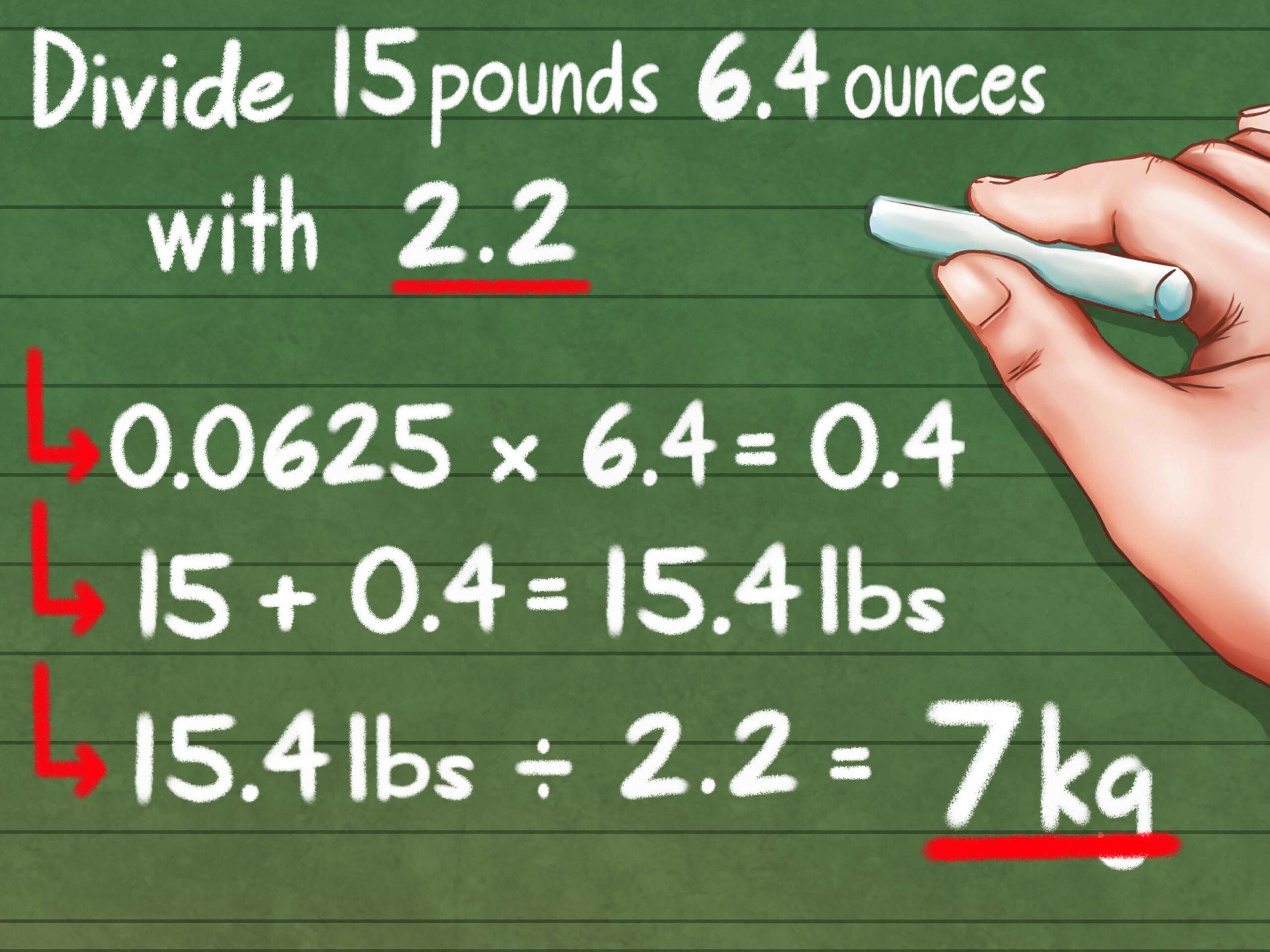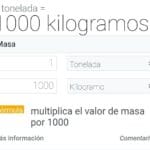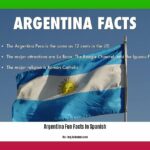Understanding the relationship between tons and pounds is essential across various fields, from shipping and logistics to construction and agriculture. This comprehensive guide provides clarity on the different types of tons, their conversions to pounds, and practical examples to avoid confusion.
Decoding Tons and Pounds
If you’re curious about the conversion between tons and pounds, we’ve got you covered! Discover the exact conversion rate by clicking on cuanto es una tonelada en libras. The term “ton” can be a bit ambiguous, as it doesn’t always represent the same weight. Let’s clarify the three main types of tons:
Metric Ton (t)
The metric ton, often referred to as a “tonne,” is the standard unit of mass in the metric system. It’s equal to 1,000 kilograms. One metric ton is equivalent to approximately 2,204.62 pounds. This is the most common type of ton used globally, except in the United States.
Short Ton (US ton)
Primarily used in the United States, the short ton is equivalent to 2,000 pounds. This is often the implied meaning when “ton” is used within a US context.
Long Ton (Imperial/British ton)
Commonly used in the United Kingdom, the long ton equals 2,240 pounds. It’s slightly heavier than a metric ton.
Key Points:
- Metric Ton (t): Approximately 2,204.62 pounds (2,000 kg)
- Short Ton (US ton): 2,000 pounds (907.18 kg)
- Long Ton (Imperial/British ton): 2,240 pounds (1,016.05 kg)
What Does 1 Tonne Mean?
One tonne (metric ton), weighing approximately 2,204.62 pounds, is a standard unit of mass used globally. It is equivalent to 1,000 kilograms, which makes it a convenient measure for large quantities in international trade and scientific fields. Visualizing a tonne can be challenging; it’s roughly the weight of a small car.
Tonne vs. Ton: Clearing the Confusion
The terms “tonne” (metric) and “ton” (imperial/US) are often used interchangeably, but their difference is crucial. This difference can lead to significant errors, particularly in areas like international shipping where accuracy is paramount. The US ton is equivalent to 2,000 lbs, while the UK long ton is 2,240 lbs.
Real-World Applications of Tonnes
Understanding tonne conversions is crucial across various industries:
- International Shipping: Cargo ships transport thousands of tonnes of goods.
- Commodity Trading: Coal, iron ore, and grains are traded in tonnes.
- Engineering & Construction: Calculations and material requirements frequently utilize tonnes.
- Scientific Research: Tonnes are used to measure mass in various scientific disciplines.
How Many Pounds are in a Metric Ton in Ecuador?
In Ecuador, like most of the world, the standard unit for measuring large weights is the metric ton (tonne). One metric ton in Ecuador is equal to approximately 2,204.62 pounds.
Different Types of Tons: A Recap
- Metric Ton (t): Approximately 2,204.62 pounds (used in Ecuador)
- Short Ton (US): 2,000 pounds
- Long Ton (UK): 2,240 pounds
Clearly distinguishing between these types of tons is essential, especially in international trade, to avoid miscalculations and ensure clear communication.
Practical Applications in Ecuador
Knowing the metric ton to pounds conversion is essential in various Ecuadorian contexts, such as:
- Agriculture: Calculating the weight of banana or cacao shipments
- Manufacturing: Determining raw material quantities
- Shipping and Logistics: Assessing cargo weight
Is 1 Ton Equal to 2000 Pounds?
The answer to this question depends on the type of “ton” being referenced.
- Metric Ton (t): Approximately 2,204.62 pounds
- US Short Ton: 2,000 pounds
- Long Ton (UK): 2,240 pounds
Only the US short ton is equal to 2,000 pounds. The metric ton, used internationally and in Ecuador, is heavier. This distinction is vital to prevent errors in various industries, including shipping, logistics, and manufacturing.
Practical Implications of Accurate Conversions
Misunderstandings about the different types of tons can lead to significant discrepancies, especially when dealing with large quantities. Ongoing research and standardization efforts aim to minimize confusion surrounding these units. It’s probable that all three types of tons will continue to be used, so understanding the distinctions is crucial.
By understanding the nuances of tons and pounds, you can accurately interpret weight measurements and avoid confusion in a variety of professional contexts. Always clarify which type of ton is being discussed to ensure precision and avoid potential complications.




![Unveiling the Distressing Position of [City with Highest Crime Rate in Canada]: Analyzing the Factors and Exploring Solutions City-with-highest-crime-rate-in-Canada_2](https://www.lolaapp.com/wp-content/uploads/2023/12/City-with-highest-crime-rate-in-Canada_2-150x150.jpg)












1 thought on “¿Cuánto Tiene una Tonelada en Libras? La Guía Completa de Conversión”
Comments are closed.